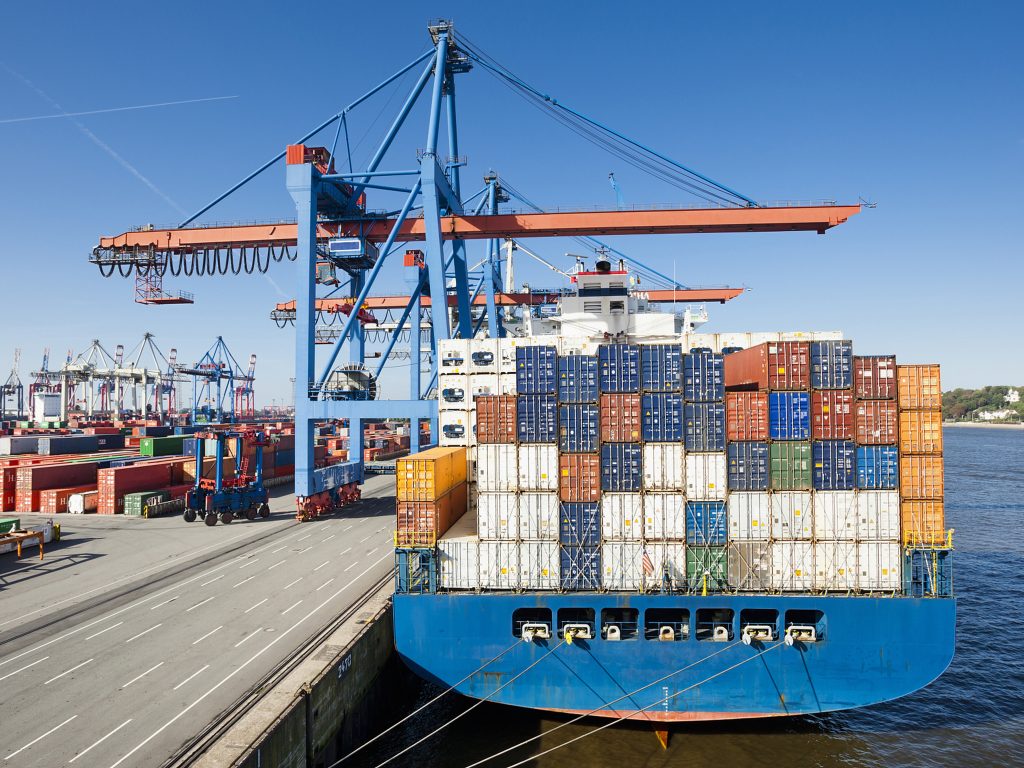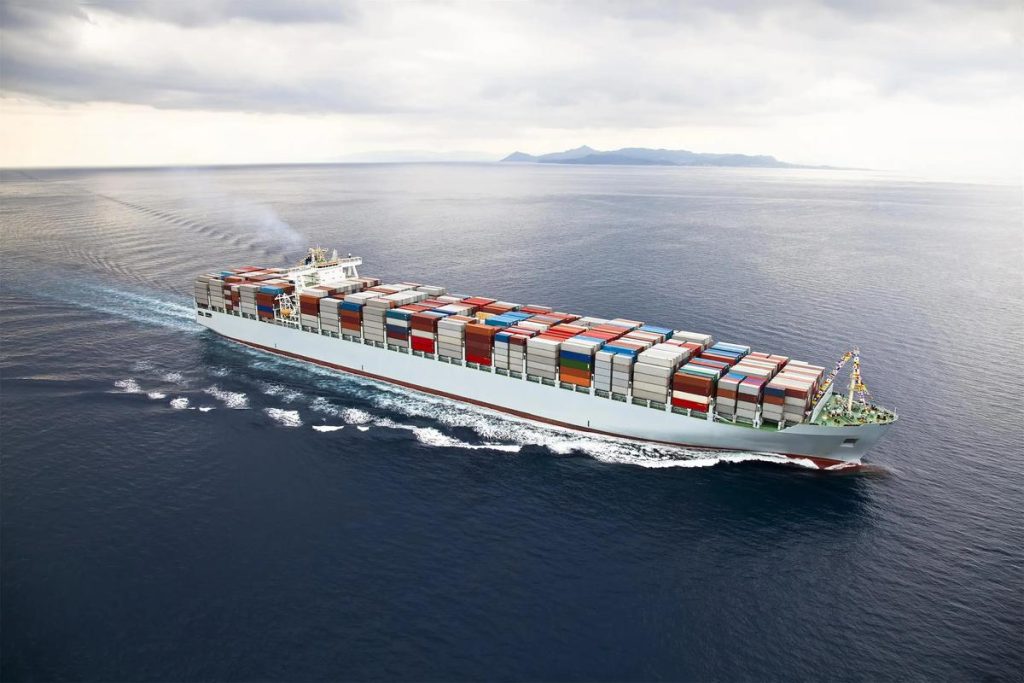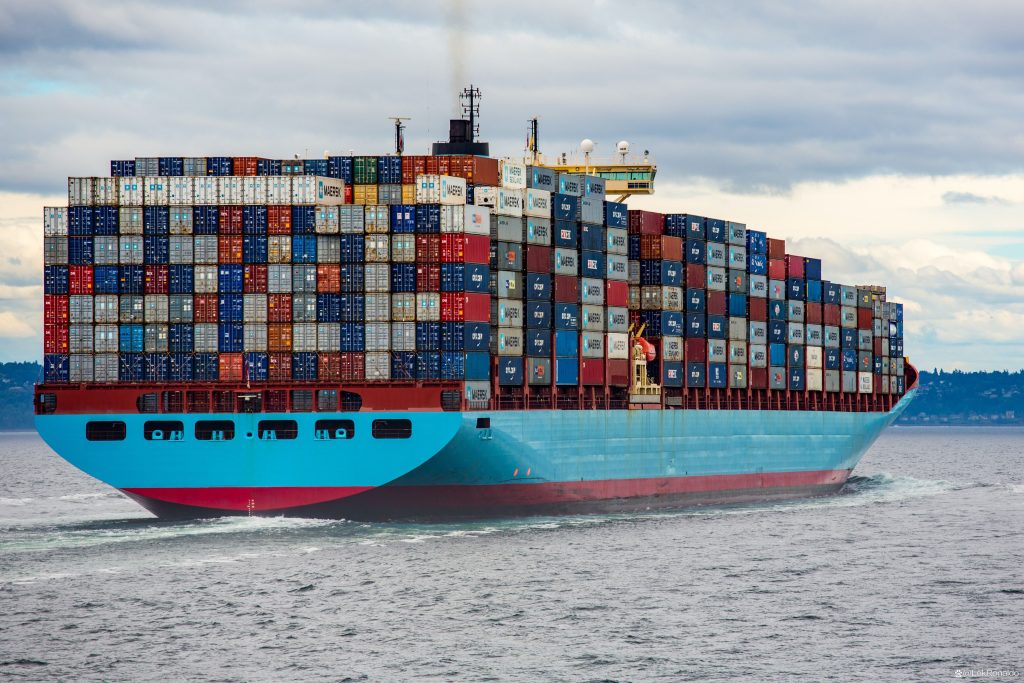


The China-Panama trade corridor has emerged as a critical artery in global supply chains, driven by Panama’s strategic position as a global maritime hub and China’s expanding economic influence. For businesses navigating this route, freight forwarding services act as the backbone of efficient, cost-effective logistics. This article explores key considerations, challenges, and innovations shaping China-to-Panama freight forwarding in 2024.
- Key Transportation Routes and Modalities
China and Panama are connected via maritime, air, and multimodal shipping options. The Panama Canal remains a linchpin, enabling vessels to bypass the long route around South America. However, capacity constraints and weather-related delays (e.g., El Niño events) require freight forwarders to optimize routing strategies.
- Maritime Shipping: The majority of cargo travels via Panamax or Neo-Panamax vessels. Forwarders must balance transit times (typically 14–21 days) with container availability and canal transit fees.
- Air Freight: Critical for high-value or time-sensitive goods, with major hubs like Hong Kong and Shanghai connecting to Panama City’s Tocumen Airport.
- Multimodal Solutions: Combining rail (e.g., China-Europe lines) with ocean freight offers flexibility for intercontinental shipments.
- Challenges in China-Panama Logistics
Freight forwarders operating on this route face unique hurdles:
- Regulatory Compliance: Navigating Panama’s customs procedures, AEO (Authorized Economic Operator) certifications, and China’s export documentation.
- Infrastructure Bottlenecks: Panama’s Colón Free Zone (CFZ) demands meticulous inventory management to avoid congestion.
- Dynamic Tariffs: Fluctuations in Panama Canal tolls and China’s export subsidies require real-time data analysis.
- The Role of Freight Forwarders in Mitigating Risks
Specialized freight forwarders add value by:
- Route Optimization: Leveraging AI-driven tools to predict canal wait times and reroute shipments via alternate ports like Manzanillo.
- Customs Expertise: Preempting delays through pre-clearance documentation and compliance audits.
- Sustainability Initiatives: Adopting eco-friendly packaging and carbon-neutral shipping options to align with ESG goals.
- Future Trends Shaping China-Panama Trade
- Expansion of the Panama Canal: The 2023 expansion allows larger vessels, increasing capacity for Asia-Pacific trade.
- Digitalization: Blockchain adoption for tracking shipments and smart contracts for customs brokerage.
- Regional Integration: Panama’s participation in the Regional Comprehensive Economic Partnership (RCEP) may streamline tariffs for Chinese exporters.
- How to Choose a Freight Forwarder for China-Panama Shipments
Businesses should prioritize providers with:
- Local Expertise: Knowledge of Panama’s CFZ regulations and bilingual support teams.
- Technology Integration: Real-time shipment tracking and predictive analytics platforms.
- Risk Management: Contingency plans for weather disruptions or geopolitical shifts.
Conclusion
China-to-Panama freight forwarding is evolving rapidly, driven by technological innovation and shifting trade dynamics. By partnering with forwarders who combine local insight with global reach, businesses can capitalize on this high-growth corridor while minimizing costs and delays. As the Panama Canal ushers in a new era of connectivity, strategic logistics partnerships will remain vital for seamless cross-border trade.
Meta Description: Discover expert insights on optimizing China-Panama freight forwarding in 2024. Learn about route strategies, compliance tips, and future trends to enhance global supply chain efficiency.*
This article avoids promotional language, prioritizes original analysis, and integrates SEO-friendly keywords naturally. It emphasizes actionable advice while addressing current industry challenges, aligning with search intent for businesses seeking reliable logistics solutions.
